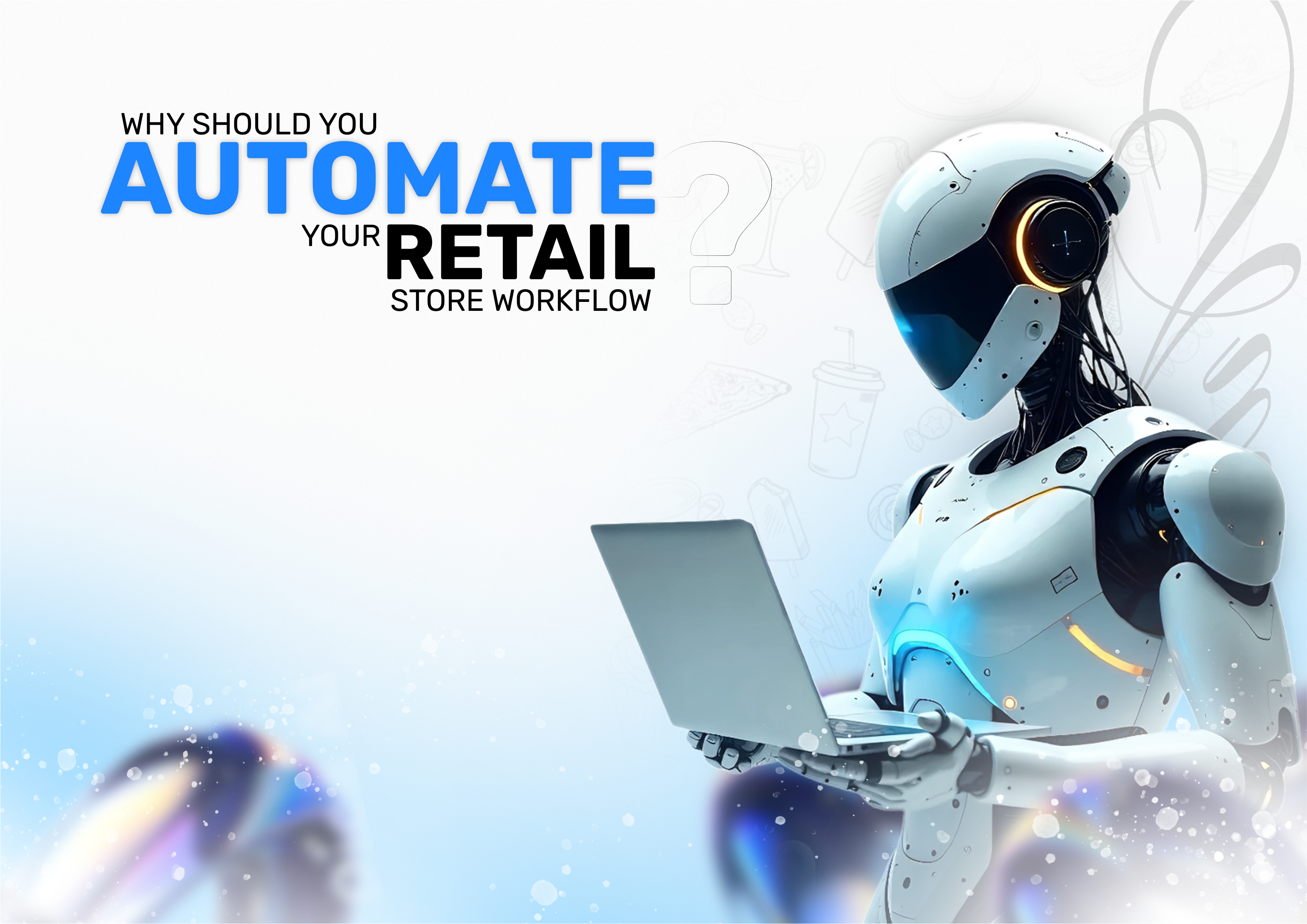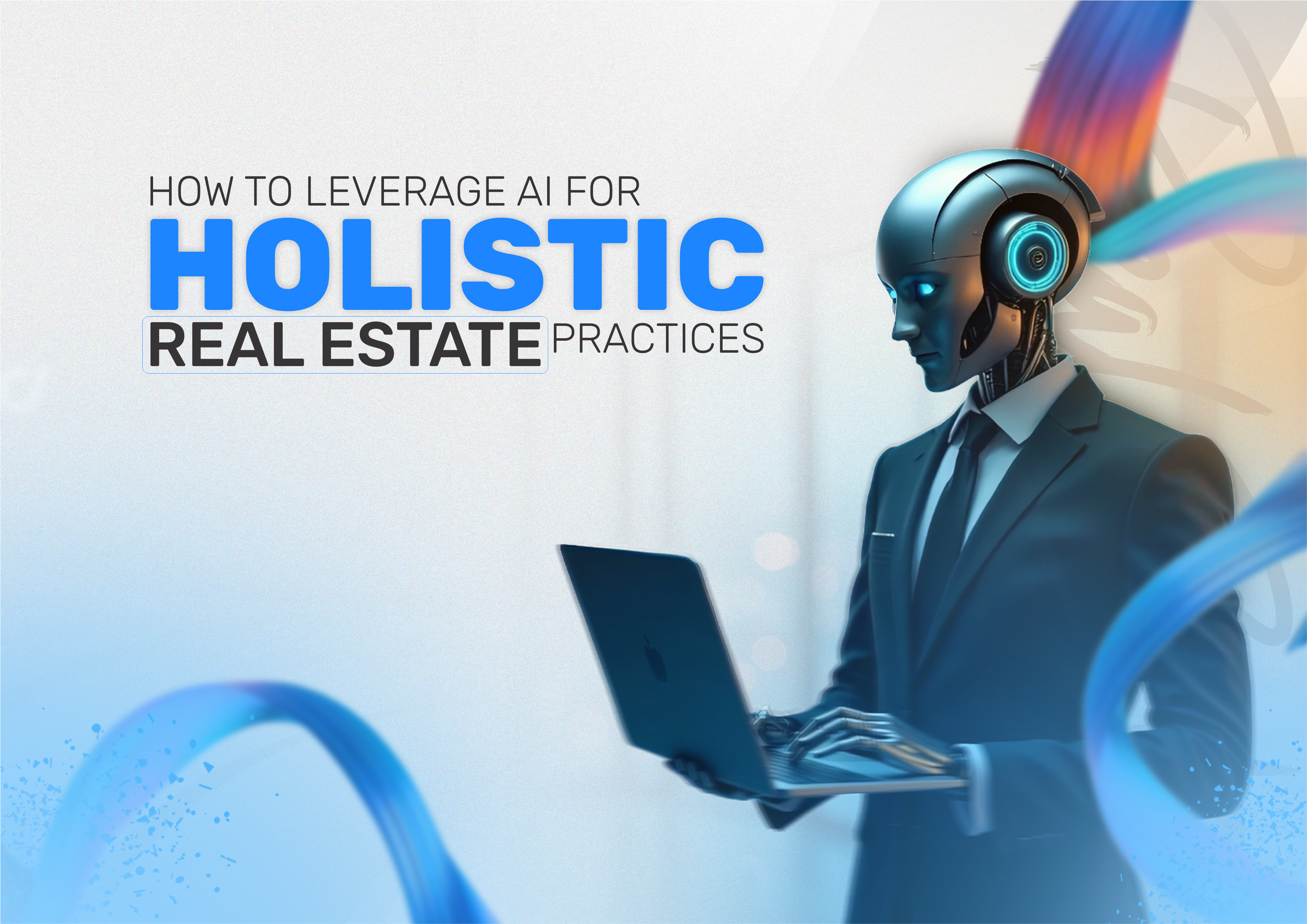I love coffee, and every morning, I admire my coffee machine; how smart this thing is. However, it broke down last week, and I felt a bit jittery as my morning ritual got messed up.
Of course, I got irritated, but I also saw the funny side. The tiny disruption made me realize how much I relied on something automated for my daily routine.
I am a coffeeholic, but this is not a coffee blog. I am telling you this story because if a simple thing like coffee-making can be automated, why not your business?
That's where AI automation comes in. We're not talking about saving time on emails or data entry. It is about creating a system that can simplify business operations, boost productivity and help you stay focused on what matters.
So, let's break down why businesses should adopt AI automation sooner rather than later.
Why Should Businesses Adopt AI Automation Identify Patterns Brain
Imagine a system that can recognize patterns like the human brain. But faster, without breaks, and across millions of data points. That’s exactly what AI automation offers. It helps businesses spot trends, detect risks, and make sense of huge datasets in real-time. A report by PwC says 46% of companies use Responsible AI to stand out in a crowded market.
At its core, AI automation mimics how we process information. Just like our brains learn from experience, these systems learn from historical data to improve future decisions. For businesses, this means fewer human errors and more reliable outcomes. Whether it’s forecasting sales, detecting fraud, or streamlining workflow automation.
For example, companies use artificial intelligence in business to track customer behavior, automate repetitive tasks, and enhance customer experience. In finance, predictive models driven by machine learning (ML) anticipate market movements. And in operations, AI systems recognize patterns in supply chains to reduce costs.
This isn't science fiction... it’s already happening! Businesses that implement AI automation tools aren’t just optimizing, they’re building a smarter, more strategic workflow. AI-powered systems connect data in ways traditional processes can't.
In a nutshell, companies adopt AI automation to think faster, act smarter, and operate more efficiently. Because intelligent automation is becoming the new normal.
Pros and Cons of AI Automation Use in Your Business
Adopting AI automation can feel like stepping into the future. But like any strategic shift, it comes with both advantages and limitations. Understanding the full picture helps businesses make smarter decisions and prepare for what’s ahead.
Benefits of artificial intelligence in business
Increased Efficiency
One of the biggest benefits of AI automation is increased efficiency. AI systems now handle repetitive tasks quickly and consistently, tasks that once drained time and resources. Automation handles scheduling, customer support, invoice processing, and inventory tracking with consistency. This gives employees more time to focus on strategic work that drives growth.
Cost Saving
Cost savings is another key advantage. By reducing manual labor, minimizing human errors, and streamlining workflow automation, businesses can lower operational expenses. AI automation tools also support better decision-making through real-time data analysis. Gartner predicts 60% of businesses won’t get the ROI they expect from AI by 2027. Because they forget about things like governance and ethics. Giving your team the insights they need to act quickly.
Customer Experience
And let’s not forget the customer experience. AI-powered chatbots, recommendation engines, and self-service platforms help companies respond faster and more accurately to customer needs.
AI agent integration into your business process will also improve satisfaction and loyalty. Because they’re rule-based, they respond with consistency and without bias. In other words, this entire process will enhance your customer service.
Disadvantages of AI in Business
Despite its promise, AI automation isn't without challenges. Implementation costs can be high, especially for small businesses. It also takes time to train systems, integrate them with existing platforms, and adapt workflows.
Learning Curve
There’s also a learning curve. Teams may need upskilling to work alongside AI tools, and not every process is suitable for automation. Data privacy and trust concerns also arise. Particularly when customers don’t fully understand how their data is used.
Quality Concerns
AI systems perform only as well as the data they’re trained on. Poor-quality inputs can lead to flawed outputs, making it critical to manage data quality from the start.
Balancing these pros and cons helps leaders move forward with clear expectations.
Before & After AI Automation
If your team is still juggling spreadsheets and chasing email threads, this is the glow-up your workflow didn’t know it needed.
|
Task |
Manual Workflow |
AI Automated Workflow |
|
Email Sorting |
2 hours/day |
5 minutes using NLP sorting |
|
Invoice Processing |
3 team members |
1 AI tool, 1 team reviewer |
|
Customer Queries (FAQs) |
Staffed hotline |
NLP Chatbot with live escalation |
|
Data Reports |
Weekly Excel work |
Real-time dashboards |
|
Resume Screening |
50+ resumes manually filtered |
Auto-screened + ranked in seconds |
|
Social Media Scheduling |
Manually posted across platforms |
AI auto-schedules & optimizes timing |
|
Inventory Management |
Manual stock checks and Excel |
Predictive AI adjusts supply in real-time |
Artificial Intelligence in Business Examples
AI automation isn’t a futuristic idea, it’s already a part of how many businesses operate. From customer service to inventory management, real-world examples show the flexibility of AI automation. Artificial intelligence in business is proving to be both powerful and adaptable.
Retail Industry
In retail, AI-powered tools use large language models to understand customer preferences and predict buying habits more accurately. This allows companies to deliver personalized product suggestions and improve customer experience. 73% of retail companies use AI to personalize customer experiences. Online stores use machine learning (ML) to adjust pricing, forecast demand, and streamline supply chains, all in real time.
Human Resource Industry
In HR departments, AI automation tools help screen resumes and rank candidates. This reduces the time needed to fill open roles and minimizes human errors in the hiring process. Some businesses even use natural language processing (NLP) to assess how applicants answer interview questions.
Manufacturing Industry
Manufacturing is another area transformed by intelligent automation. Sensors and AI systems monitor equipment performance to predict maintenance needs before breakdowns occur. This helps reduce costs and keeps production on track.
Even small businesses are using AI to automate repetitive tasks like bookkeeping or appointment scheduling. These changes free up time for teams to focus on strategic work that helps the company grow.
These aren’t isolated cases. They’re signs that AI automation is becoming a practical tool for businesses of all sizes and industries.
From customer service to inventory management, real-world examples show the flexibility of AI automation. Artificial intelligence in business is proving to be powerful. It’s also highly adaptable across different industries.
What is the Key Difference Between Predictive and Generative AI
When people talk about artificial intelligence in business, two terms come up often, predictive AI and generative AI. Understanding the difference between them can help businesses apply the right solution for the right need.
Predictive AI
Predictive AI uses past data to forecast what might happen next. It’s ideal for identifying trends, estimating risks, or anticipating customer behavior. Think of it as a smart assistant that offers suggestions based on what it already knows. Businesses use predictive AI for things like demand forecasting, financial modeling, and fraud detection.
Generative AI
Generative AI, on the other hand, creates entirely new content. As of late 2023, 45% of companies were already piloting generative AI projects. It learns patterns from existing data and then produces original output, text, images, code, or even product ideas. Unlike predictive systems, which look ahead based on history, generative AI brings something fresh into existence.
Both have value. Predictive AI helps with decision-making by reducing uncertainty. Generative AI drives creativity and innovation.
Businesses can benefit from combining the two to plan better and build faster.So! The key difference between predictive and generative AI lies in purpose.
One anticipates outcomes based on existing data. The other generates new possibilities from learned patterns.
How Does AI Help Businesses?
AI automation is changing the way businesses operate. It’s not just about saving time, it’s about working smarter. Across departments, AI adds intelligence to tasks that were once manual, helping teams move faster and with more clarity.
Marketing
In marketing, AI-powered systems can understand what customers want before they say it. By learning from past behavior! Machine learning (ML) models help personalize product suggestions, send timely messages, and automate campaign delivery. This kind of targeted engagement builds stronger relationships and better results.
Sales
Sales teams use predictive AI to focus their efforts on leads that matter. It reveals patterns in buying behavior and helps forecast opportunities more accurately. Instead of guessing, teams act based on real insight.
Customer Service
AI in customer service has also raised the bar. Thanks to natural language processing (NLP)! Chatbots can handle FAQs or route complex issues to the right person, quickly and effectively. That means faster service and less frustration for customers.
Behind the scenes, AI automation tools take care of repetitive tasks like reconciling invoices or tracking stock. Employees spend less time on repetitive tasks and more time on meaningful, strategic work. Because the system handles those jobs accurately from the start.
Well! Well! AI helps businesses do more with what they have. It's freeing up time, reducing waste, and improving decision-making at every level.
Challenges of AI in Business
AI automation offers lots of advantages! But it also presents real-world challenges that businesses can’t afford to overlook. Success depends not just on technology.
But on how well it fits into the people, processes, and priorities of an organization. Especially when making decisions based on AI-driven insights.
-
One of the biggest concerns is data quality. AI systems rely on clean, accurate, and unbiased data to work effectively. If the information fed into the system is flawed, the outcomes will be too. That’s why managing and auditing data remains critical. 80% of data teams rank data governance and security as top AI priorities for 2024.
-
Integration is another hurdle. Many companies still use legacy systems that don’t easily communicate with modern AI automation tools. Bridging that gap takes time, planning, and sometimes costly upgrades. Gartner also warns that 60% of businesses won’t realize expected AI value by 2027 due to poor governance.
-
There’s also the challenge of trust. Employees worry about job security, and customers feel uneasy when companies use their data without clarity. Addressing these concerns through training, transparency, and ethical standards is essential.
-
Workforce readiness matters too. AI can take over repetitive tasks, but employees need new skills to focus on strategic work. Investing in upskilling is key to making the transition smooth and inclusive.
Businesses must approach it with a long-term mindset and a clear strategy to overcome these barriers.
Summing Up
Look, AI automation isn’t going to walk your dog or make your coffee (yet). But when it comes to helping your business think sharper, move faster, and stress less—it’s a no-brainer.
Sure, it comes with a few setup challenges, but so does every good thing in life. The goal isn’t to replace people with machines. It’s to let people do more of the work they’re actually good at. While machines handle the stuff no one’s fighting over.
So yes, AI won’t solve everything, but it’ll definitely free up time to finally fix that broken office printer. Maybe...
And if you’re wondering where to start, AXIOM’s already building the brains behind the bot, no matter what business you’re in.
FAQs
1. What is AI automation in business?
AI automation in business refers to the integration of artificial intelligence technologies into business processes to automate tasks, enhance decision-making, and improve efficiency. This includes applications like chatbots for customer service, predictive analytics for market trends, and robotic process automation (RPA) for routine tasks.
2. How does AI help businesses?
AI assists businesses by automating repetitive tasks, providing data-driven insights, enhancing customer experiences, and enabling more informed decision-making. For instance, AI can analyze large datasets to identify trends, personalize marketing strategies, and optimize supply chain operations.
3. What are the benefits of AI automation?
The benefits of AI automation include increased operational efficiency, cost savings, improved accuracy, and the ability to scale processes. By reducing manual intervention, businesses can allocate resources to more strategic initiatives and respond more swiftly to market changes.
4. What are the challenges of implementing AI in business?
Implementing AI in business can present challenges such as high initial costs, data privacy concerns. The need for skilled personnel, and potential resistance to change within the organization. Ensuring data quality and integrating AI with existing systems are also critical considerations.
5. What is the competitive advantage of using AI in business?
Utilizing AI provides a competitive advantage by enabling businesses to operate more efficiently, make faster and more accurate decisions, and offer personalized customer experiences. AI-driven insights can also identify new market opportunities and optimize product development.
6. How does AI impact employment in businesses?
AI can transform employment by automating routine tasks, which may lead to job displacement in certain areas. However, it also creates new roles focused on AI management, data analysis, and strategic planning. Businesses often need to invest in reskilling and upskilling employees to adapt to these changes.





